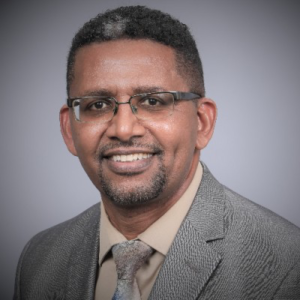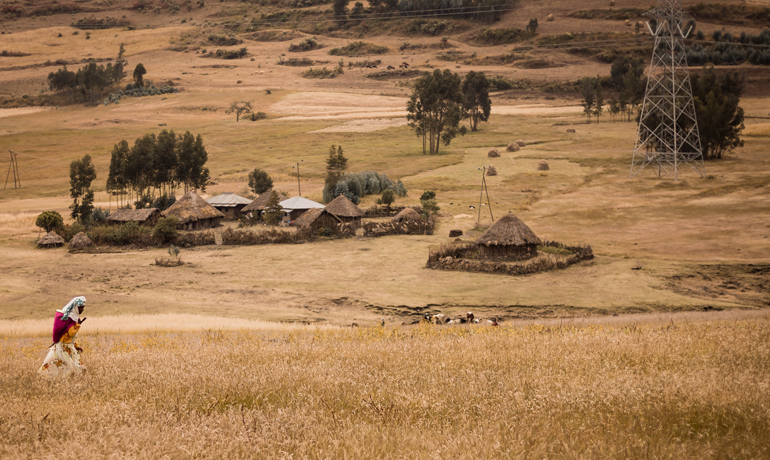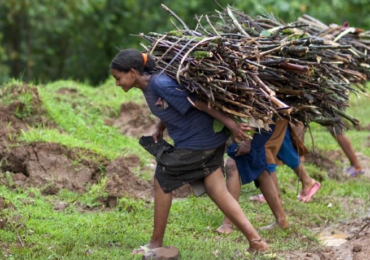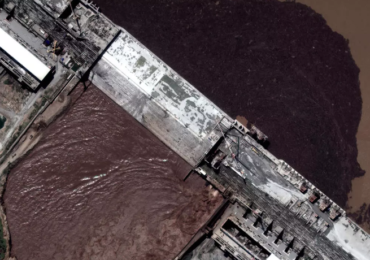On June 19, 2020 Egypt, citing a failure to reach an agreement, sent a letter to the United Nations Security Council (UNSC) accusing Ethiopia of intransigence. The second of such letters in less than two months, it roused a rare protest from Sudan against Egypt’s act, citing the groups agreement to continue talks. Egypt’s first complaint to the Security Council on May 1, 2020 elicited a response from Ethiopia on May 14, 2020. At that time, after receiving both Egypt’s complaint and Ethiopia’s response UN chief António Guterres stressed the progress made by both sides encouraging both countries to come to an agreement that is a win-win for all, Unfortunately, the latest round of talks did not go as far as many independent observers had hoped.
Egypt, Ethiopia, and Sudan have been involved in this latest round of negotiations for the last two weeks. The discussions involved Ethiopia’s filling and management of subsequent operations of the Grand Ethiopian Renaissance Dam (GERD). The negotiations, in the absence of and until the adoption by all 11 Nile Riparian countries of a comprehensive Equitable water sharing agreement, provided Ethiopia the opportunity to present and flesh out its plans for testing and filling the GERD.
Egypt has raised concerns that the filling schedule proposed by Ethiopia may result in an adverse impact in its utilization of the Nile River. Ethiopia has worries about Egypt’s proposed filling and operational schedule. Egypt has also demanded a release of significant stored water, during droughts, Ethiopia considered unreasonable, requiring the filling operation of the dam take as long as 21 years. This would severely restrict Ethiopia’s ability to operate the dam at full capacity.
Ethiopia has stated, unequivocally, that it would begin the first phase of filling the GERD starting in July during the coming rainy season with or without agreement with Egypt and Sudan. Ethiopia has cited its right to use its own resources without adverse impact to downstream countries. Ethiopia plans to divert 4.9 Billion Cubic Meter (BCM), less than 10% of the average Blue Nile flow at GERD, an amount sufficient to test two of its hydropower generators.
What happened?
Having refused to consider it in Washington, Ethiopia has declined Egypt’s Washington “agreement” drafted in February as the basis of discussions as Egypt had insisted. In declining to meet in February, Ethiopia pointed out that the agreement as drafted severely limited its ability to operate the GERD, as well as bound it to future conditions that were out of the scope of the original discussions and out of its control (e.g., climate change reducing future river flows). Key differences between the two countries arose both in filling and operating the GERD under both normal and drought conditions.
Below is a short summary of these differences.
Drought Operations
Once the GERD reservoir reaches 66.6% of full capacity (or 625 meter above sea level), if a single year of drought occurs (drought defined as 92 percentile of historical flow or 37 Billion Cubic Meter (BCM) of water), Egypt proposes that Ethiopia should release as much as 14 BCM stored water on top of the natural flow that would have been the flow without the dam in place during a drought. Ethiopia says that it has already made a significant concession to release as much as 7.7 BCM stored water above and beyond the natural flow during drought time, dependent on the severity of the drought. This will, it says, already leave its reservoir at 56% full after a single year drought.
During multi-year droughts, Ethiopia would have to release all storage above 603 meter (resulting in the GERD only being 33% full) over subsequent four to five years regardless of the hydrologic condition in those years, which Ethiopia considers it unfair.
Normal Operations.
Under the agreement by both countries when the reservoir level reaches 66.6% of full capacity, it is considered “full”, which the Ethiopian side considers an already major concession to address Egypt’s concern during the filling of the reservoir. Release strategy proposed by Egypt under normal operation calls for the release of an equivalent of natural flows up to 70 BCM of the Blue Nile’s annual flow.
This begs the question by independent observers: For a dam that is designed to hold only one and half times its annual average flow, could the GERD ever reach its full capacity of 74 BCM ?
The answer, according to the proposal by Egypt, is that this may only happen if flows of the Blue Nile at the GERD are greater than 70 BCM in any given year. Ethiopia will be allowed to capture the flow above 70 BCM and use that to fill the reservoir to its designed capacity. Next : What is the likelihood that Blue Nile flow at GERD will be more than 70 BCM in any given year to accomplish this ? Historical records show, and assuming history repeats itself (a very BIG if, given future flow changes by such factors as climate change), the GERD has less than 0.5% chance of getting an annual flow of more than 70 BCM. In other words, the chance of filling it to 640 meter (74 BCM) is slim to none.
On Climate Change.
Ethiopia’s proposal, in times of drought, is to release the equivalent of the natural river flow that would have occurred without the GERD and up to 9.2 BCM additional stored water by the dam depending on drought severity. Recognizing potential future flow changes due to such factors as upstream abstraction, upstream regulation, change in hydrology, and climate change, Ethiopia proposes an assessment and revision of their agreement every five years after the first fill of the GERD. Ethiopia has offered to release stored water in addition to natural flow under current hydrologic conditions but considers climate change force majeure that everyone within the Nile Basin should share the “pain” equally. Egyptian proposal, on the other hand, indicates that a fixed amount of flow should be maintained to be released regardless of climate change.
On data sharing.
Egypt’s proposal indicates Ethiopia should furnish monthly Flow, water quality in the GERD reservoir, and meteorological data at the GERD. In addition, their proposal has Ethiopia furnish daily data on water level and release quantities at GERD reservoir without offering any data in response. Ethiopia, on the other hand, insists that all data furnished on GERD should be reciprocated by all downstream countries with regards to reservoir level and release quantities and made available to the tripartite states at the same time scale.
What is next?
Egypt has sent a letter of complaint to the UN Security Council (UNSC). Ethiopia has responded to the latest complaint and UNSC has called a meeting for Monday July 29, 2020 to the complaint. Sudan has indicated that there was no agreement on sending the matter back to the UNSC and would have preferred to have the three countries hammer their remaining differences out amongst themselves.
There appears to have been significant progress made by the three countries towards finding a solution, though additional work is required to bring the progress to fruition. Our professional opinion is that the three countries need to let science, specifically climate science and hydrology, be the driver. The political will to overcome this impasse requires cooperation, which not just the three countries but all the other Nile riparian states have worked hard to achieve over the last several years. The people of the Nile have been linked for generations through the River and deserve a solution from their leaders that they can leave as a model of sincere effort for generations more yet to come.
Photo credit: Liz Martin, Unsplash

Dr. Tirusew Asefa
Dr. Tirusew Asefa is a registered professional engineer with the State of Florida, a Diplomate of the American Academy of Water Resources Engineers, and a Fellow of the American Society of Civil Engineers. He currently chairs Florida Water and Climate Alliance. He can be reached at mululove[at]yahoo.com.



